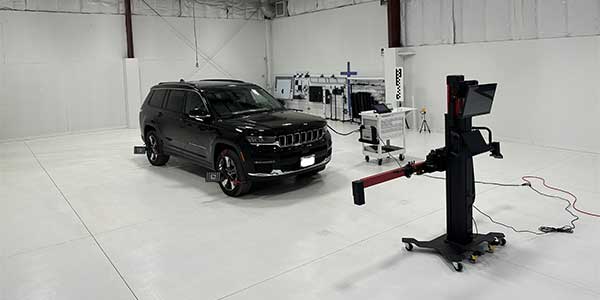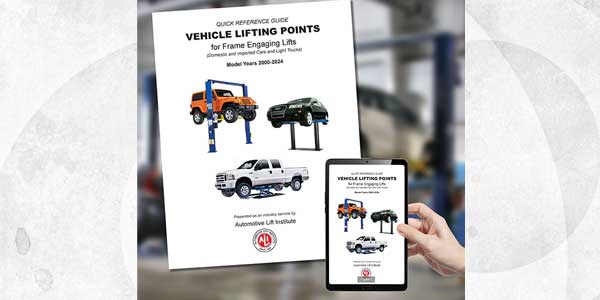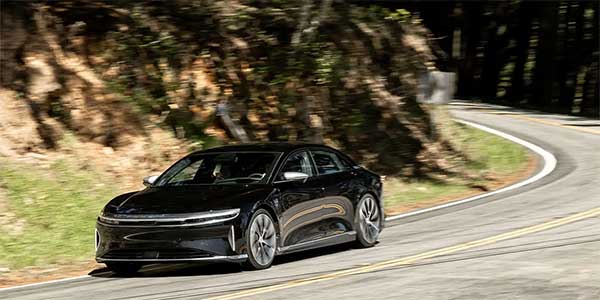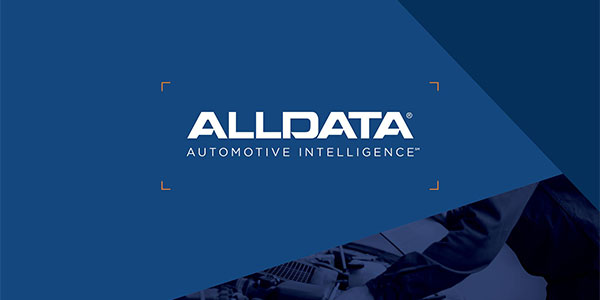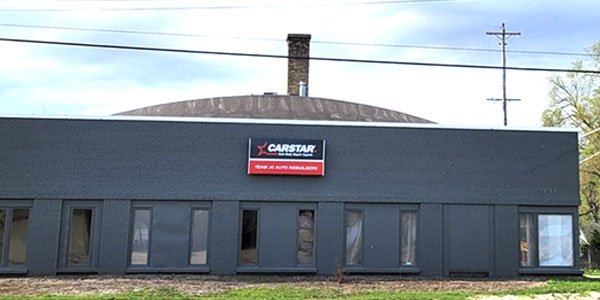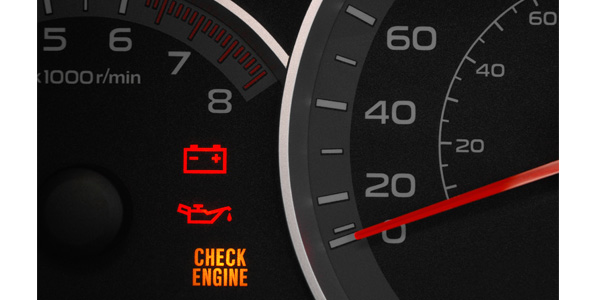
If you’re still relying on dashboard lights to assess collision damage or to determine whether a vehicle’s electronic systems are functioning properly – don’t.
That was the clear message from the Collision Industry Conference’s (CIC) Insurer-Repairer Relations Committee during an Oct. 31 presentation in Las Vegas.
With the ever-increasing sophistication of vehicle technology, scanning is the only way to identify all of the diagnostic trouble codes (DTCs) stored in the vehicle before the repair, and the only way to know that no DTCs are lingering after the repair.
Matthew McDonnell, owner of Big Sky Collision Center in Billings, Mont., can attest to this. McDonnell recently analyzed the results of pre- and post-repair scans performed on more than 200 vehicles that came through his shop. His findings were “troubling.” Only 3.5 percent of the DTCs discovered during pre-repair scans corresponded to illuminated dash lights, according to McDonnell.
In other words, dash lights only tell a fraction of the story.
“If I was a doctor, and I gave somebody a 3.5-percent chance of living, that would be pretty daunting,” McDonnell added. “The dash-light myth didn’t work.”
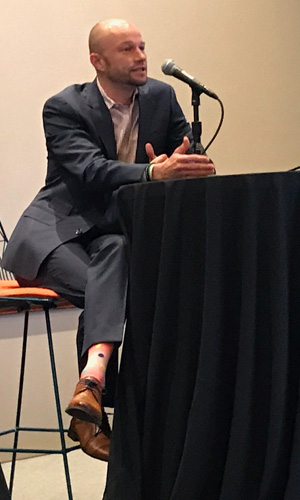
The need for scanning becomes even more compelling when you consider that not all DTCs are related to the collision. With all the embedded sensors and electronics in late-model vehicles, repairers can trigger a DTC simply by removing a bumper or tail lamp, explained Barry Dorn, owner of Dorn’s Body & Paint in Mechanicsville, Va.
Those DTCs, which might indicate the need for reprogramming or recalibration, won’t show up on a dash light.
There are practical reasons why dashboard lights don’t cover the entire spectrum of system malfunctions in a vehicle. The various sensors, cameras and computers in newer vehicles open up the possibility of “microsecond” malfunctions in which weather or other external conditions – a bird stuck in the car’s front grille, for example – temporarily interrupt advanced driver-assistance systems, explained Mark Allen, collision programs and workshop equipment specialist for Audi of America.
There’s just not enough room on a dashboard to display every possible system error. Plus, wiring a malfunction indicator light to every DTC isn’t possible within the constraints of the traditional 12-volt electrical system. Even if it was, the OEMs don’t want to frighten consumers with a dashboard that’s lit up like a Christmas tree.
“Realistically, a customer could have so many different lights coming on that they wouldn’t know what to do with it,” Allen said. In that scenario, their reaction might be: “‘Oh my God, my car is falling apart and everything is blinking at me.’”
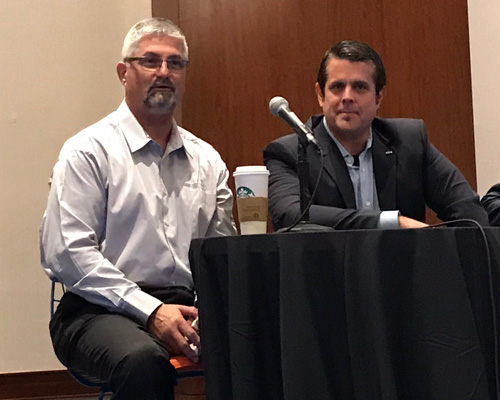
If dash lights constantly are flashing on and off due to “microsecond” interruptions, it undermines drivers’ confidence in their safety systems, said Allstate’s Clint Marlow, co-chairman of the CIC Insurer-Repairer Relations Committee.
“I think it’s important that the customer maintains confidence in the vehicle safety systems,” Marlow added.
For collision repairers who still use dashboard indicator lights as a diagnostic tool in lieu of scanning, and insurance adjustors who refuse to compensate repairers for performing scans, Marlow challenged them to rethink their positions, noting that “there are valid reasons why that [dashboard] light might not be on.”
To illustrate his point, Marlow presented a slide showing what a dashboard might look like if there was a malfunction indicator light for every DTC. It’s enough to induce a panic attack in any driver.
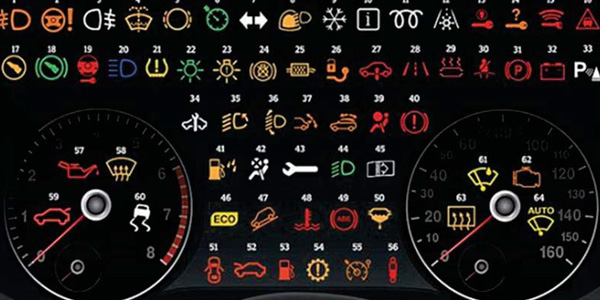
“I don’t think too many of our staff or too many of our technicians believe a dash like that would make sense,” Marlow said.

